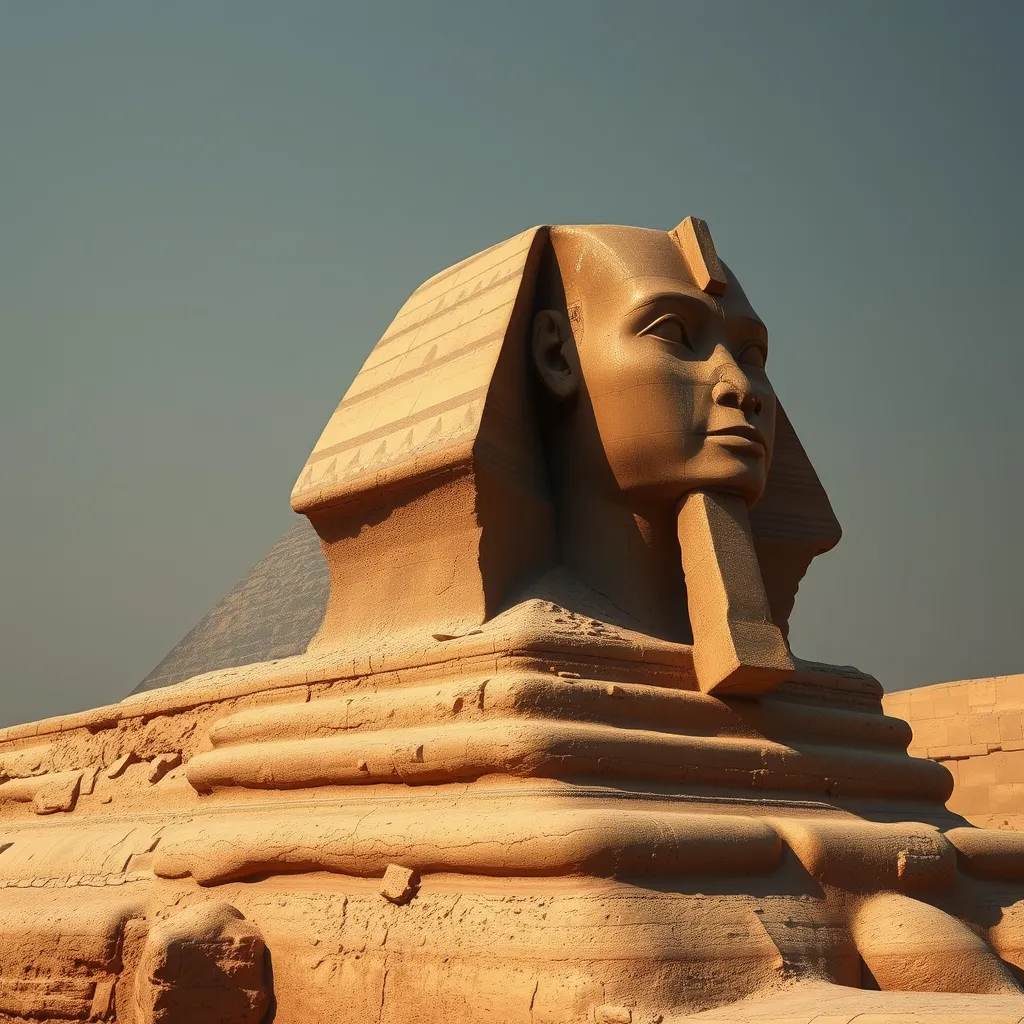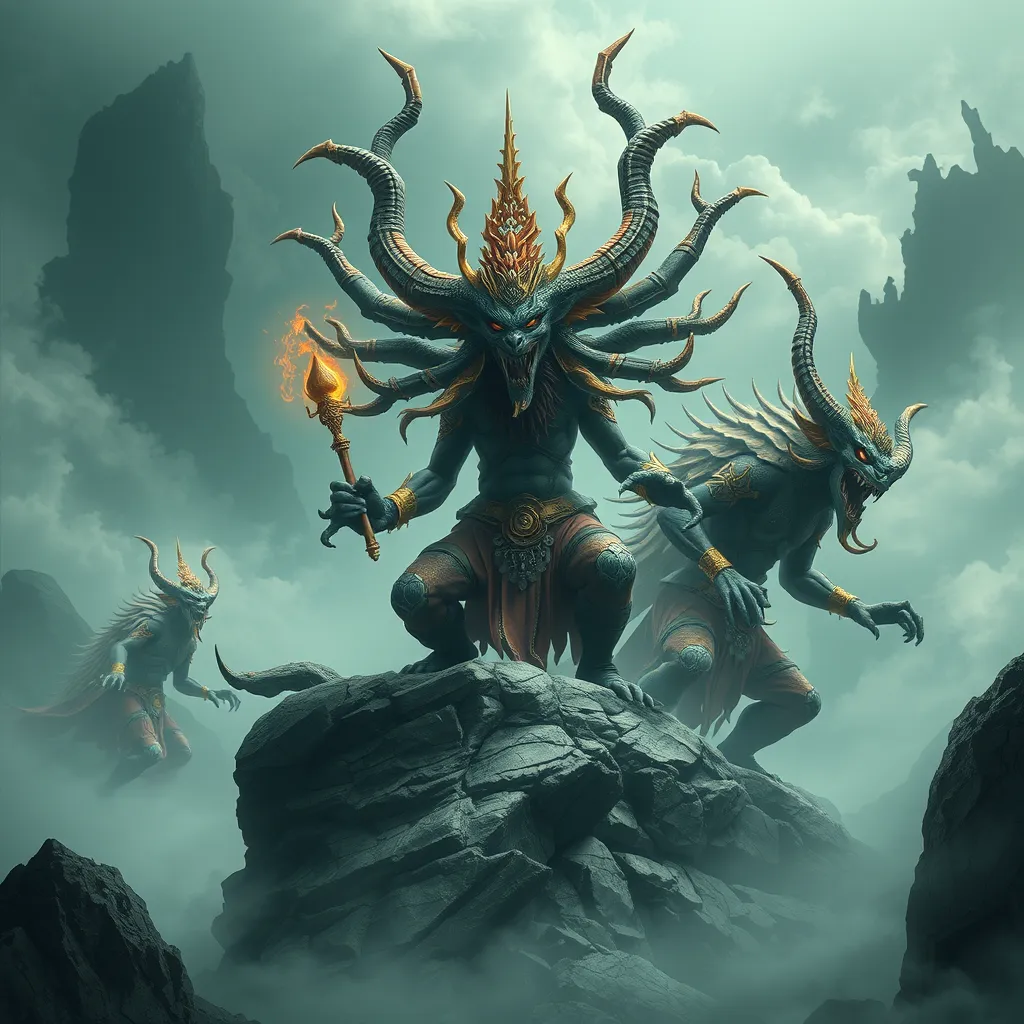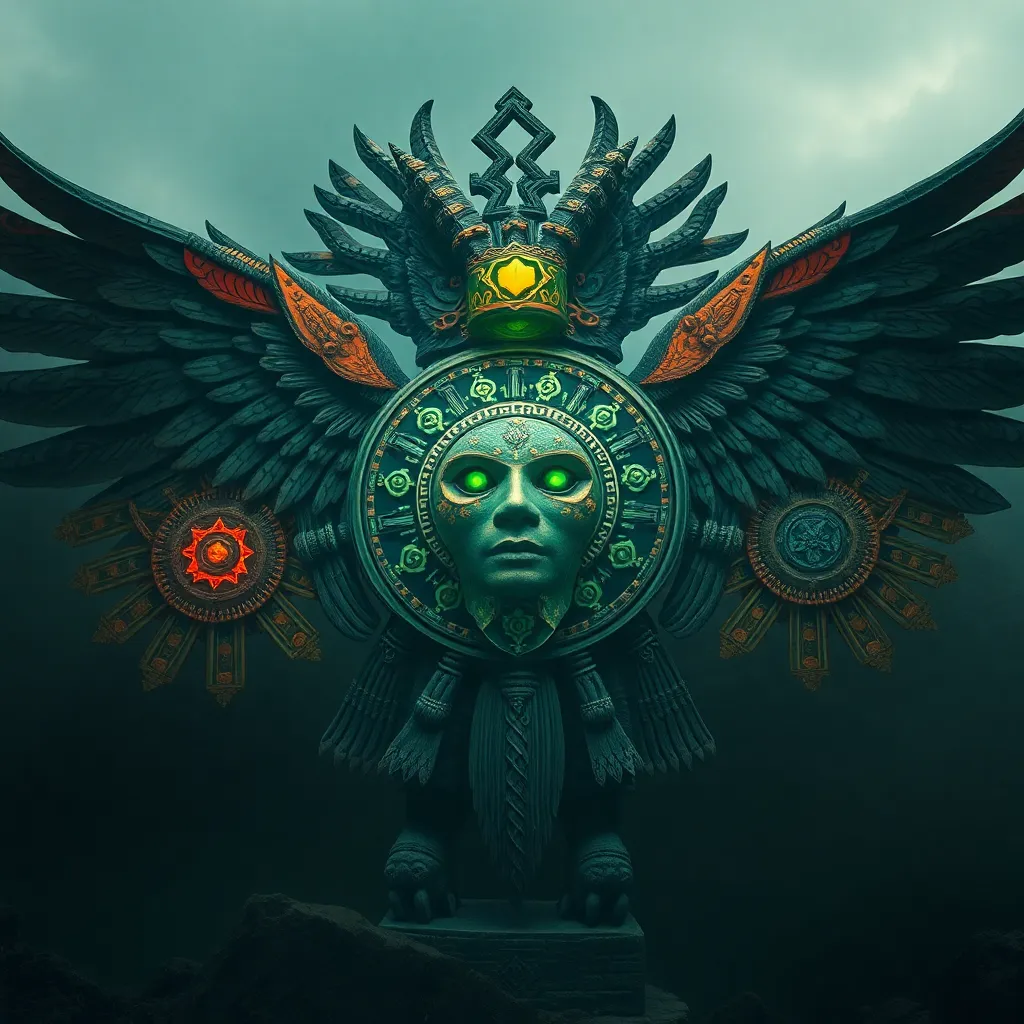The Sphinx in Egyptian Art: A Journey Through Time
I. Introduction
The Sphinx, an iconic symbol of ancient Egypt, represents a fascinating amalgamation of human intellect and animal strength. It has captivated the imaginations of historians, artists, and tourists alike for centuries. The most famous of these statues, the Great Sphinx of Giza, serves as a testament to the artistic and architectural prowess of the ancient Egyptians.
This article aims to explore the representation of the Sphinx in Egyptian art throughout history, examining its origins, significance, and evolution in various artistic forms.
II. The Origins of the Sphinx
A. Historical context: The emergence of the Sphinx in ancient Egypt
The origins of the Sphinx can be traced back to the Old Kingdom of Egypt, around 2500 BCE. During this era, the Sphinx was often associated with the pharaohs, who were believed to embody divine qualities. The fusion of a lion’s body with a human head symbolized strength, power, and wisdom, ideals that were paramount in the society of ancient Egypt.
B. Mythological and symbolic meanings associated with the Sphinx
In Egyptian mythology, the Sphinx was seen as a guardian figure. It was believed to possess the ability to ward off evil and protect sacred spaces. The symbolism of the Sphinx extended beyond mere protection; it represented the duality of human nature and the balance between intellectual and physical strength.
III. The Great Sphinx of Giza: An Icon of Ancient Egypt
A. Description and architectural significance
The Great Sphinx of Giza, one of the largest and oldest statues in the world, stands at a height of 20 meters and stretches 73 meters in length. Carved from limestone, it features a human head, believed to represent Pharaoh Khafre, and a lion’s body. The Sphinx is strategically located on the Giza Plateau, overlooking the pyramids, and it is thought to have been constructed as a protective symbol for the pharaoh’s tomb.
B. Artistic representations of the Great Sphinx in ancient art and inscriptions
The Great Sphinx has been a subject of fascination in ancient art. Numerous inscriptions and reliefs from the era depict the Sphinx alongside the pyramids, often highlighting its grandeur and significance. Artists would capture its likeness in various forms, emphasizing its monumental presence in the landscape of Giza.
IV. The Sphinx in Egyptian Sculpture
A. Various forms of sphinx sculptures: Human-headed and animal-headed
Sphinx sculptures in ancient Egypt can be categorized into two main types: human-headed and animal-headed. The human-headed sphinxes typically represent pharaohs, while animal-headed sphinxes often symbolize deities or other mythological beings. These sculptures were not only decorative but served significant religious and cultural functions.
B. Notable examples from different dynasties and regions
- New Kingdom: The Sphinx of Hatshepsut, which showcases the female pharaoh’s unique representation.
- Late Period: The Ramesside Sphinxes, which often feature the likeness of Ramesses II, reflecting the continuation of the Sphinx’s significance.
- Regional Variations: Different regions in Egypt produced distinct styles, such as the more elaborate and decorative sphinxes found in Thebes.
V. The Sphinx in Hieroglyphics and Relief Art
A. The role of the Sphinx in hieroglyphic texts and inscriptions
The Sphinx frequently appears in hieroglyphic texts, often denoting protection and guardianship. It is common to find the Sphinx depicted in tomb inscriptions where it serves as a protector of the passage to the afterlife. The presence of the Sphinx in these texts enhances its status as a significant cultural symbol.
B. Analysis of relief artworks depicting the Sphinx
Relief artworks often portray the Sphinx in various contexts, including ceremonial scenes and royal processions. These artistic representations provide insight into the significance of the Sphinx in various religious and cultural practices, emphasizing its role as a guardian and symbol of divine authority.
VI. The Sphinx in Funerary Art and Tombs
A. The Sphinx as a protector in tomb architecture
In funerary art, the Sphinx was often incorporated into the architectural design of tombs. It was believed that the Sphinx would safeguard the deceased’s journey to the afterlife. Tombs were frequently adorned with statues of the Sphinx, serving as both guardians and representations of the deceased’s power and status.
B. Artistic interpretations of the Sphinx in funerary items and decorations
Funerary items such as canopic jars, reliefs, and sarcophagi often featured depictions of the Sphinx. These artistic interpretations were meant to invoke the protective qualities of the Sphinx, ensuring the security of the deceased in the afterlife.
VII. The Sphinx in Later Egyptian Art and Influence
A. Evolution of the Sphinx’s representation in the Greco-Roman period
During the Greco-Roman period, the representation of the Sphinx evolved significantly. Influenced by Greek mythology, the Sphinx began to take on new meanings, often associated with riddles and perplexity. This period saw a blend of Egyptian and Hellenistic artistic styles, leading to diverse representations of the Sphinx.
B. The Sphinx’s impact on later artistic movements and cultures
The Sphinx has left an indelible mark on later artistic movements, inspiring countless artists and architects throughout history. Its enigmatic presence can be seen in various forms of art, literature, and architecture across cultures, symbolizing mystery and strength.
VIII. Conclusion
A. Recap of the Sphinx’s significance in Egyptian art and culture
The Sphinx stands as a powerful emblem of ancient Egyptian civilization, embodying the ideals of strength, protection, and wisdom. Its representations in art, architecture, and mythology reveal the profound cultural significance it held throughout history.
B. Reflection on the Sphinx’s enduring legacy and its relevance in contemporary art and scholarship
Today, the Sphinx continues to inspire awe and intrigue, serving as a bridge between ancient cultures and modern artistic expressions. Its legacy endures not only in the field of archaeology and history but also in contemporary art, where it remains a symbol of the eternal quest for knowledge and understanding.



